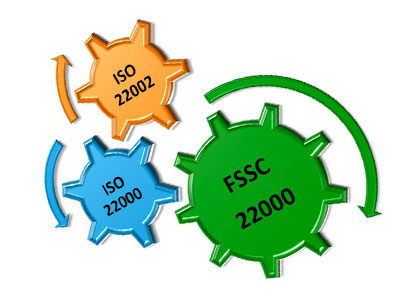Today, while significant progress has been made in the areas of producing, storing and distributing more reliable and healthier foodstuffs, many people are still exposed to a lot of foodborne diseases each year due to the consumption of unhealthy foodstuffs. However, people are more aware of reliable food and are aware of the various microorganisms, chemical substances and their dangers in the presentation of foodstuffs.
The point in genetic engineering, developments in packaging technology, restrictions on the use of food additives, pesticides and veterinary drugs, chemical residues in foodstuffs, mycotoxins and similar applications make this issue more important in terms of food safety risks. While new technologies increase food production and diversity, they raise some questions about the safety of foodstuffs. International methods have been developed to address these concerns.
Products in food production When only a part of the tests and analyzes were not always accurate, it was a search for a more systematic method that encompassed all stages of production. HACCP (Hazard Analysis and Critical Control Points) system was created in this way. Later, when the subject gained an international dimension with the phenomenon of globalization, the International Standards Organization (ISO) published the ISO 2005 Food Safety Management System in 22000. The objective of this system is to ensure that consumers have access to reliable, quality and healthy foodstuffs.
However, in the ISO 22000 standard, the prerequisites are not explicitly expressed, but only general statements. The prerequisites are given as main headings in the ISO 22000 standard. PAS 220 standard is designed because this situation is not sufficient in terms of food safety. The FSSC 22000 Food Safety Management System is based on both the ISO 22000 standard and the PAS 220 standard, and the prerequisites are designed in more detail.
This is the only significant difference between them, but this detail has made the FSSC 22000 standard more widely used. This year (2017) is the fourth update of this standard.



